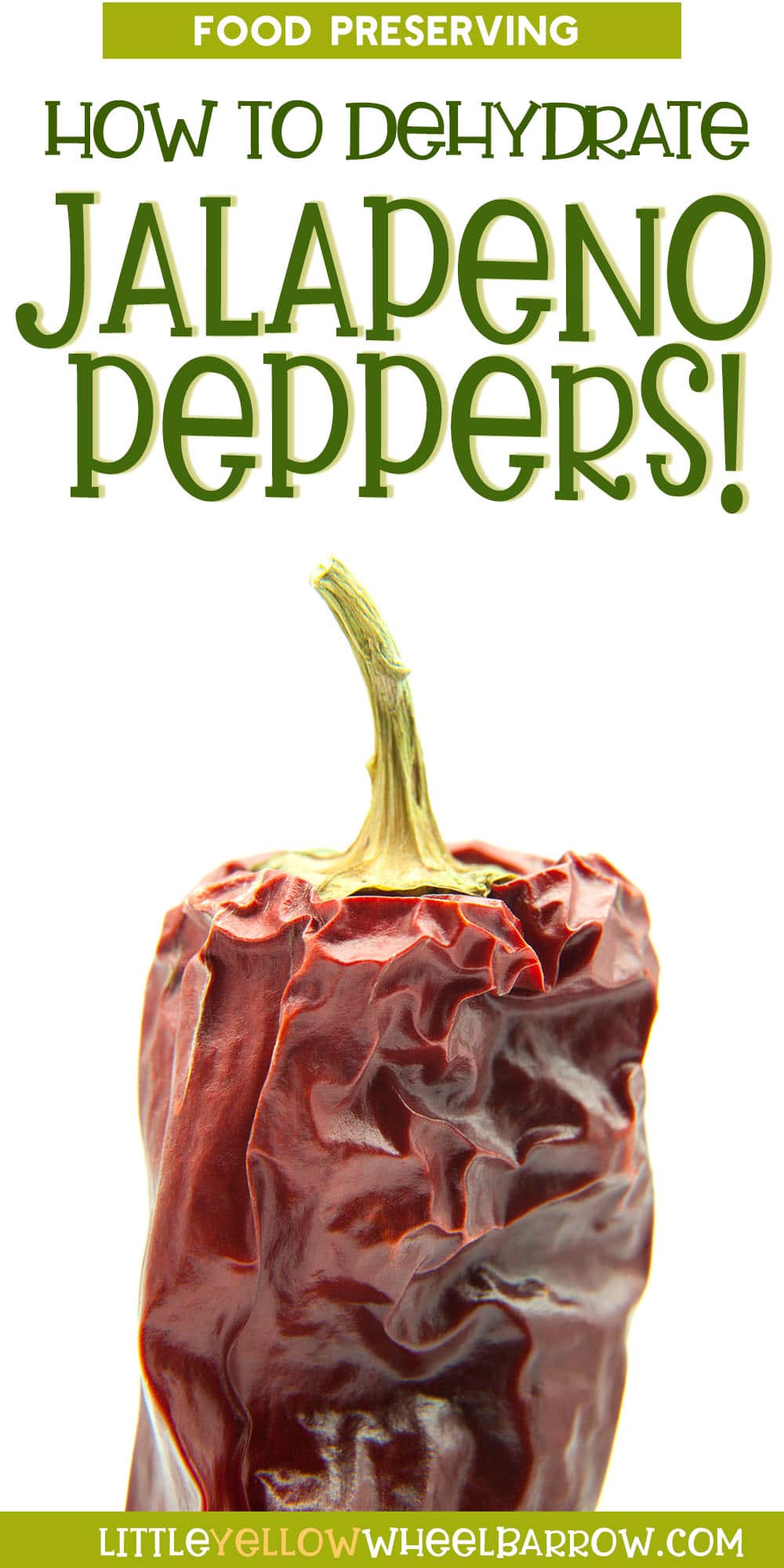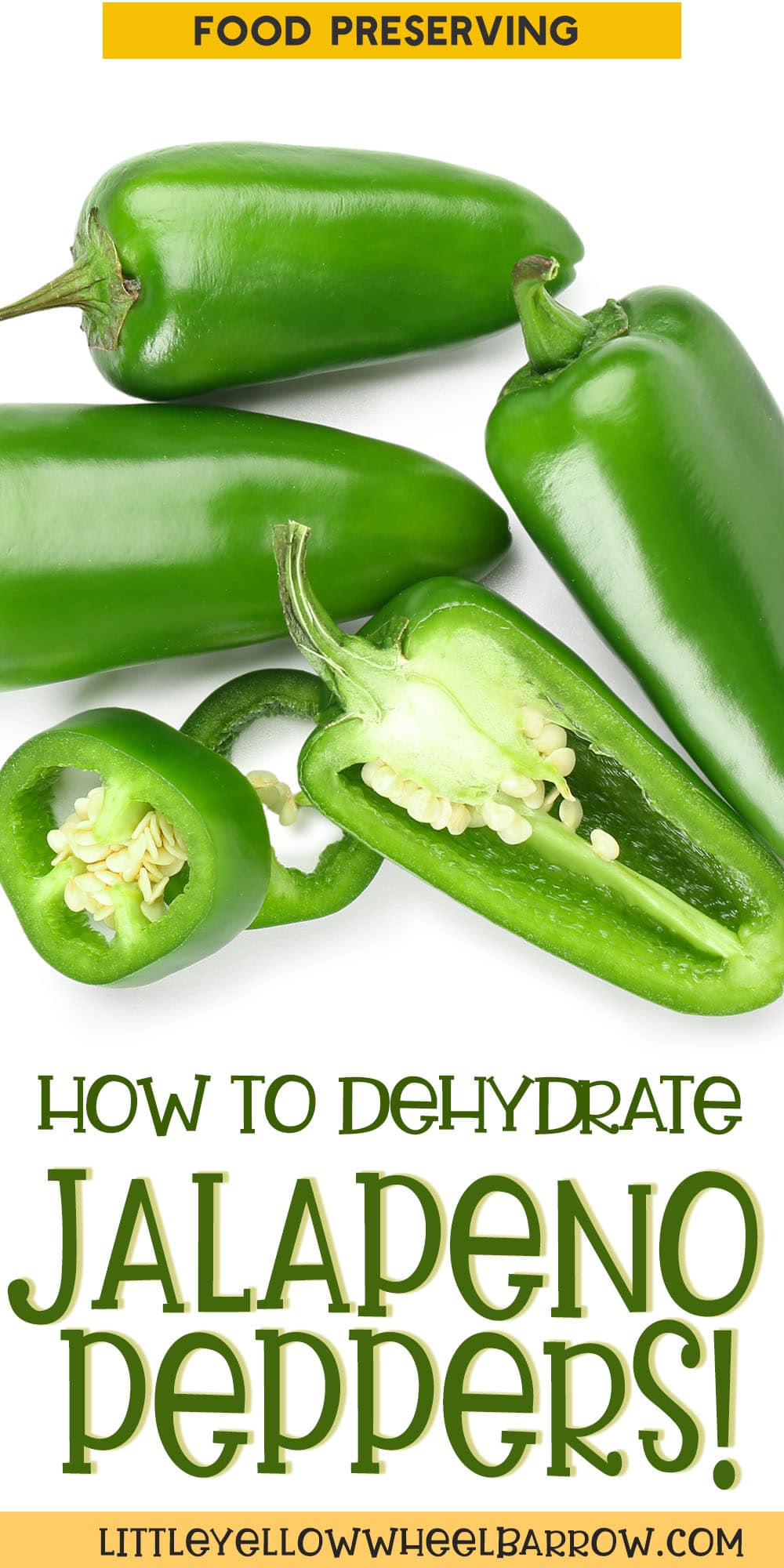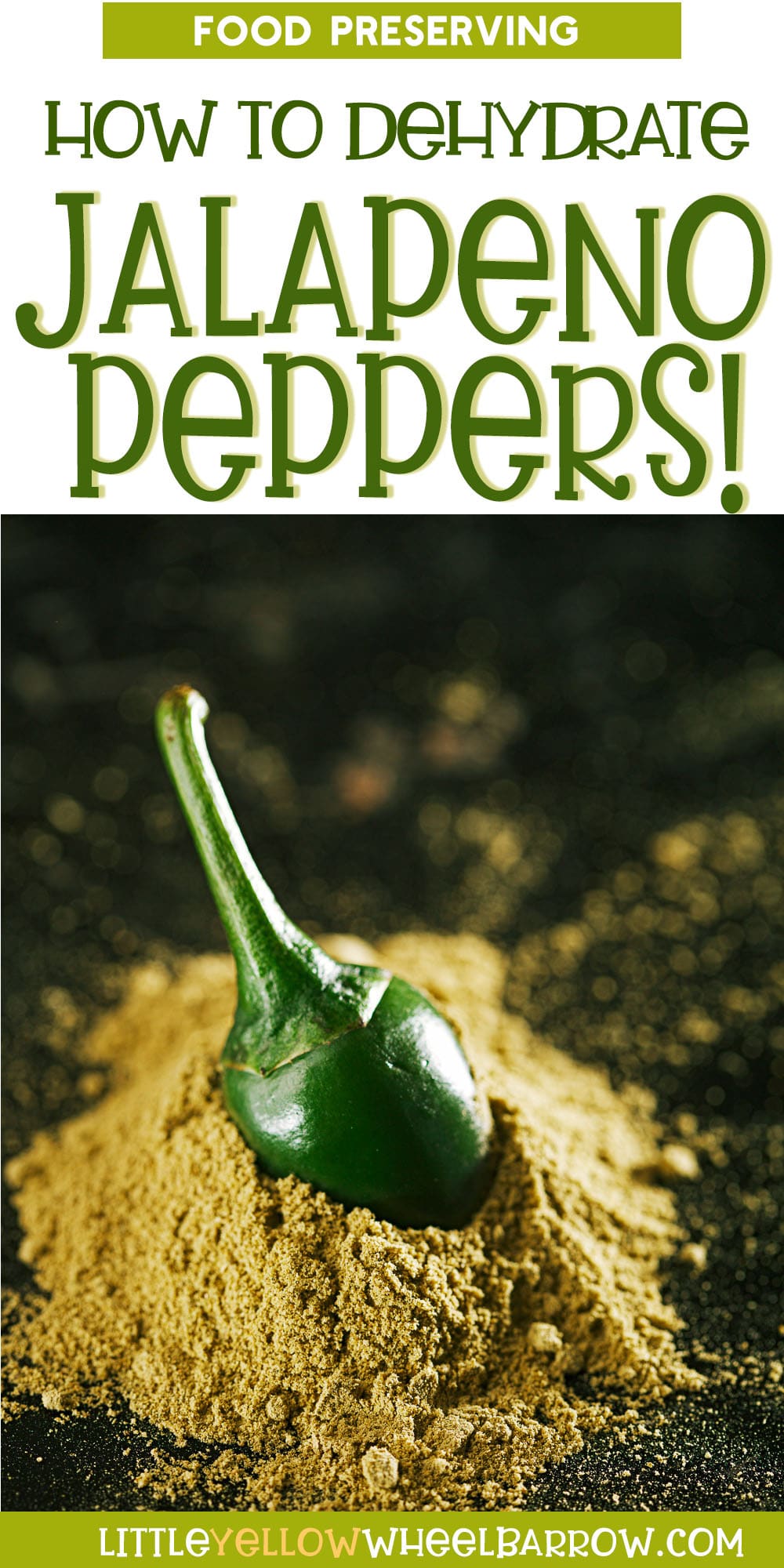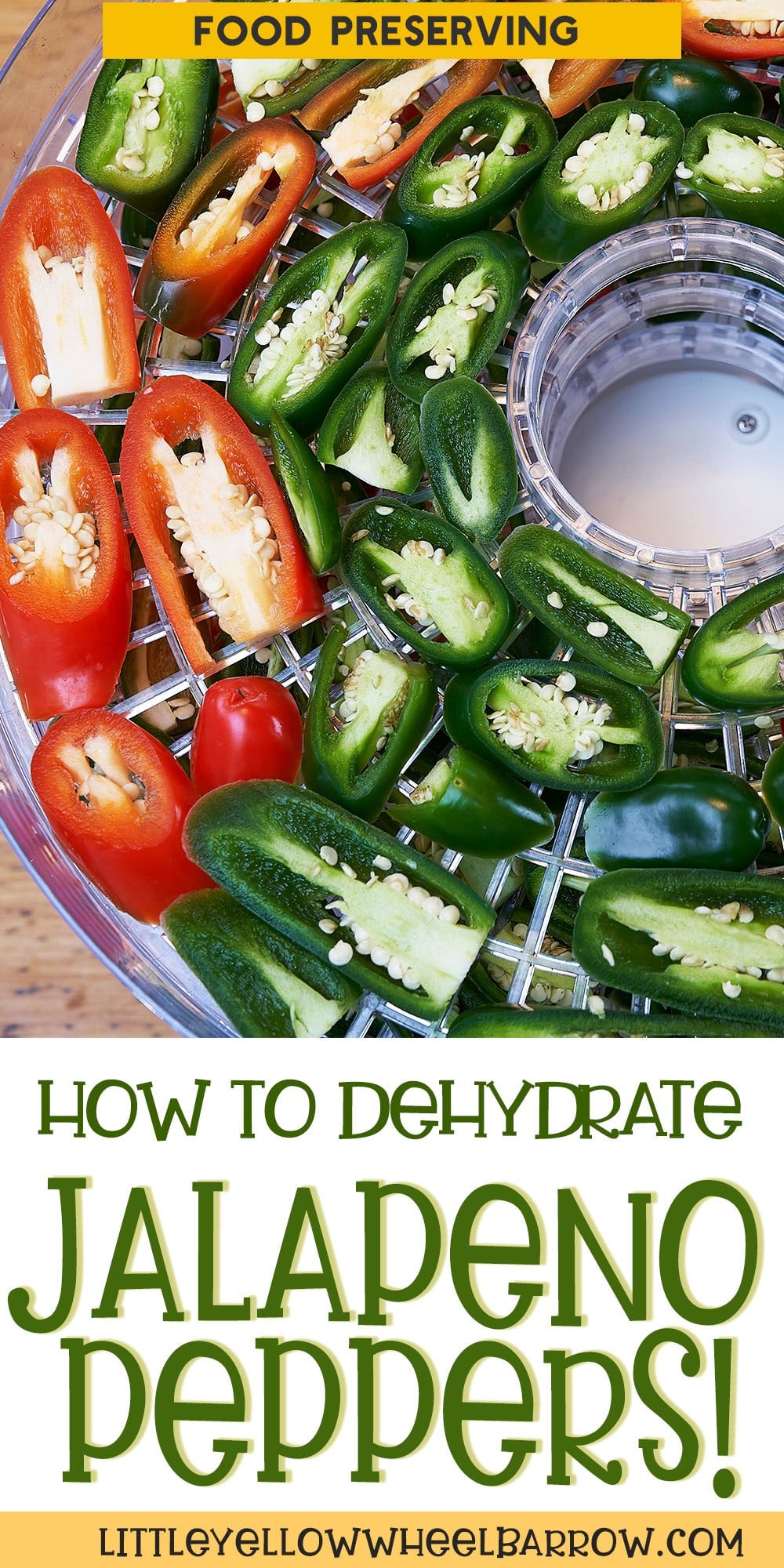How to Dehydrate Jalapeno Peppers Easily At Home
Did you plant too many jalapeno pepper plants this year? Do you have a bumper crop, and you are wondering how you’re going to preserve your bounty? After making pickles and candied peppers and using some fresh, you can always dehydrate the rest. Dehydrate jalapeno peppers easily with the five methods we describe below.
Is it easy to dehydrate jalapenos?
Yes, dehydrated jalapenos are very easy to make. We have four different methods for dehydrating jalapenos that range from hanging to air-drying to using a countertop dehydrator. The results are the same; the only difference is how long it takes to dehydrate.
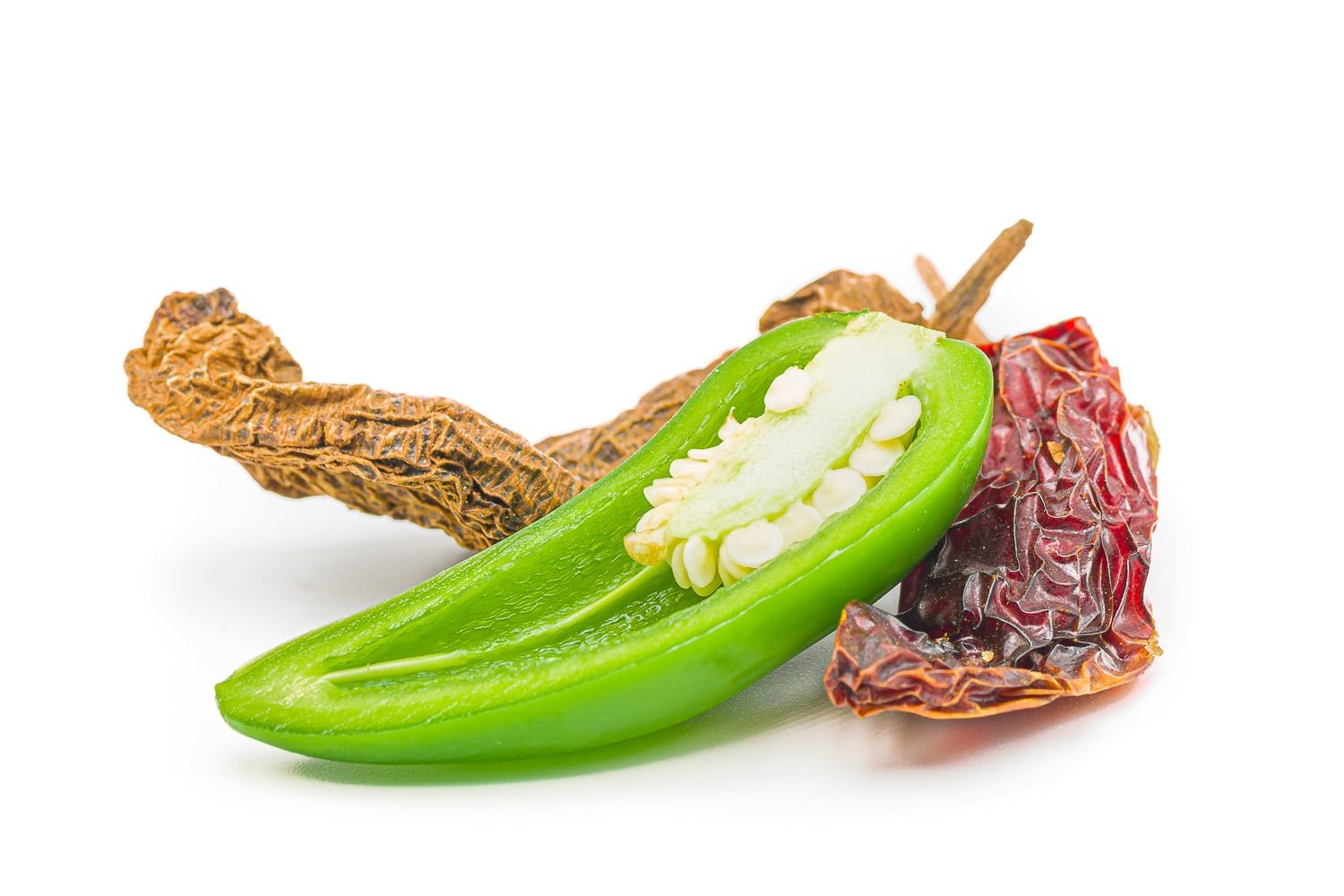
Table of contents
- What are dried Jalapenos called?
- Recommended Equipment
- How to Pick the best Jalapeño Peppers For Dehydrating
- Five Methods for Dehydrating Jalapenos
- For All Methods, Start with Fresh Peppers and give them a good wash and dry
- Rehydrating Dehydrated Jalapenos
- Store Your Dehydrated jalapenos For Up to Year.
- Bonus: How to Make Jalapeno Powder!
- Dehydrated Jalapeno uses
- Do you garden? If so, here are our favorite jalapeno varieties for preserving
- Dehydrate Jalapeno Peppers Right at Home
- Looking for More Preserving Information?
What are dried Jalapenos called?
Dried smoked jalapeno peppers are commonly referred to as chipotle! However, without the smoke, the peppers are just called dried jalapenos.
We’ll show you how to make both with several different easy methods. Read on to find out how!
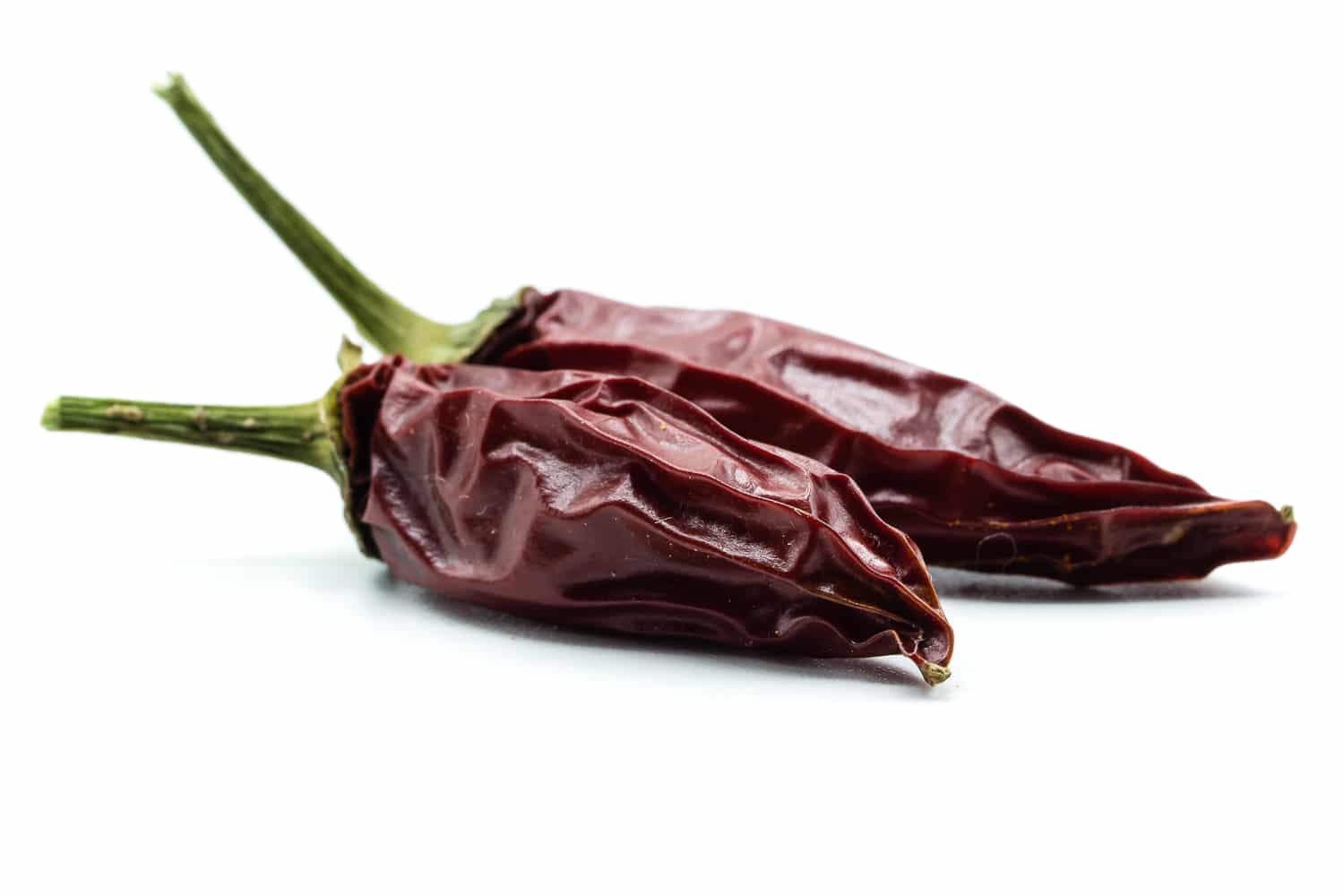
Recommended Equipment
Affiliate Disclosure
This post may contain affiliate links. If you click one and purchase, I may receive a commission at no additional cost. You can read our disclosure policy here.
Depending on the method you are going to use to dehydrate your jalapeno peppers, you may require:
- Oven
- Dehydrator
- Parchment Paper
- Cookie sheet
- String
- Coffee grinder
- Spice grinder
- Food processor
How to Pick the best Jalapeño Peppers For Dehydrating
Safety Tip: Be sure to wear gloves. Jalapeno pepper juice can burn and cause painful skin irritation.
Be sure to start with fresh peppers. Peppers picked off your jalapeno plants will also be far superior to those purchased at the grocery store. You can often find morning-picked peppers at a local farmers’ market. Be sure to ask the farmer when they picked the peppers.
The best peppers for drying are thick-walled and firm to the touch.
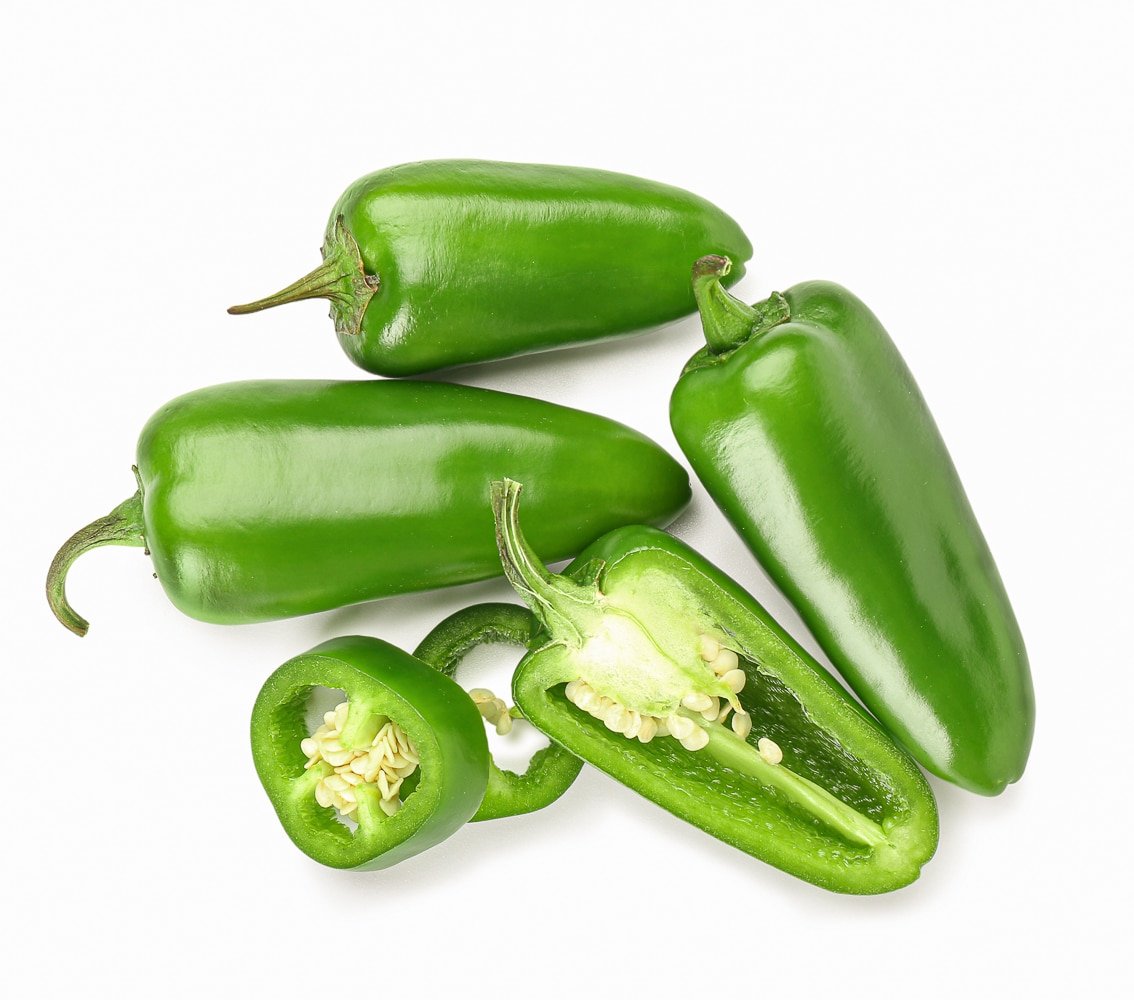
Five Methods for Dehydrating Jalapenos
To dry peppers at home, you have five different methods you can try. The results are generally the same (with a few cautions); the primary difference is how long each process will take.
For All Methods, Start with Fresh Peppers and give them a good wash and dry
For all methods below, you will want to sort and clean your peppers:
- Sort and select peppers: Look over your peppers and discard any that are soft, wrinkled, discolored or have any holes. Look for glossy dark green or red peppers that are firm to the touch.
- Wash and dry the jalapeno peppers: Wash them in cool fresh water, and be sure to dry them well.
Dehydrating Jalapeno Peppers In The Oven
What’s the ideal temp to dehydrate peppers?
The oven method for drying jalapenos works well so long as your oven can maintain a low temperature. The ideal temperature for dehydrating peppers is 125F. However, most ranges do not go that low.
If your oven’s lowest temperature is 250, you may overcook your peppers before they have a chance to dry. But if your range can go as low as 200F, you should be able to get good results.
Place clean, dry jalapeno slices on a baking sheet fitted with parchment paper. Ensure the peppers are a few inches apart and do not touch one another.
Place the peppers in the middle rack of the oven.
Place a wooden spoon handle in the oven door to prevent the door from fully closing.
You will want to dry jalapenos until they are leathery and not crispy (5-8 hours depending on how thick your peppers are). If your peppers start to brown or blacken, the temperature in the oven is too high.
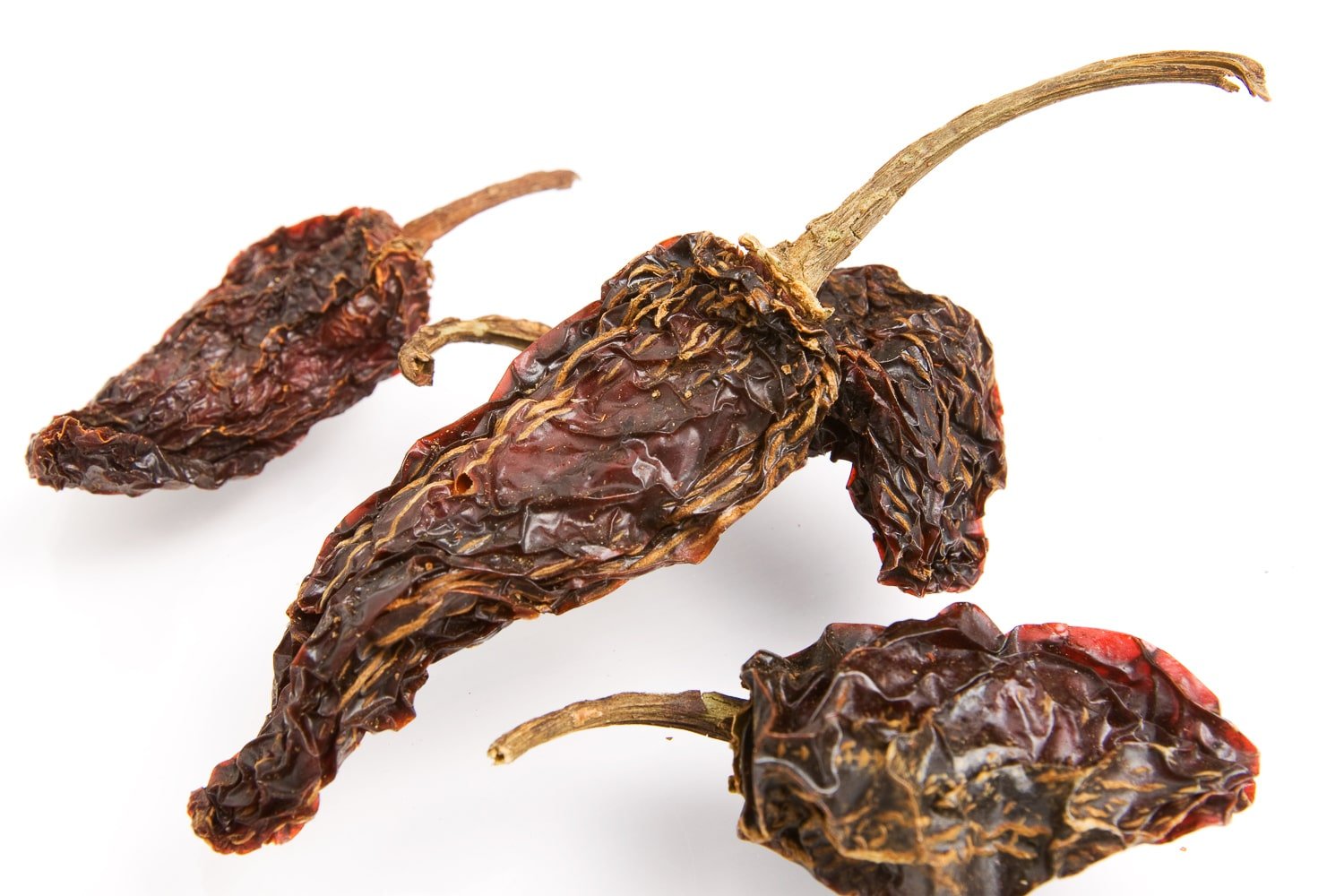
Dehydrating Jalapenos with a Food Dehydrator
A food dehydrator will be the quickest method and one of the best ways to dehydrate jalapenos if you have lots.
Dehydrators will keep the temperature even throughout the drying process and are the method that provides the most consistent results.
Slice the peppers: Remove the stem and slice the peppers to your desired shape. If you are drying whole jalapenos, add a few knife slices in the skin to enable air to enter.
Arrange on dehydrator trays: Place your slices on your dehydrator trays with space in between. Please do not allow the pieces to touch, or they may stick together and dehydrate unevenly.
Set temperature to 125°F (52°C): 125F is the ideal temperature to dehydrate peppers, any hotter and you run the risk of cooking them, and any cooler peppers won’t dry evenly.
Dehydrate Jalapenos for 5-8 hours (or possibly longer): Whole peppers take longer than small slices. You will know when your peppers are dry when they are leathery but not brittle or crisp.
Store dehydrated peppers in a dry, sealed container: Store your peppers in an air-locked container in a cool dark place for up to a year.
Dehydrators come in all sizes and shapes, but you don’t have to spend a fortune on one. We’ve used the American harvest dehydrator for years, which has served us well.
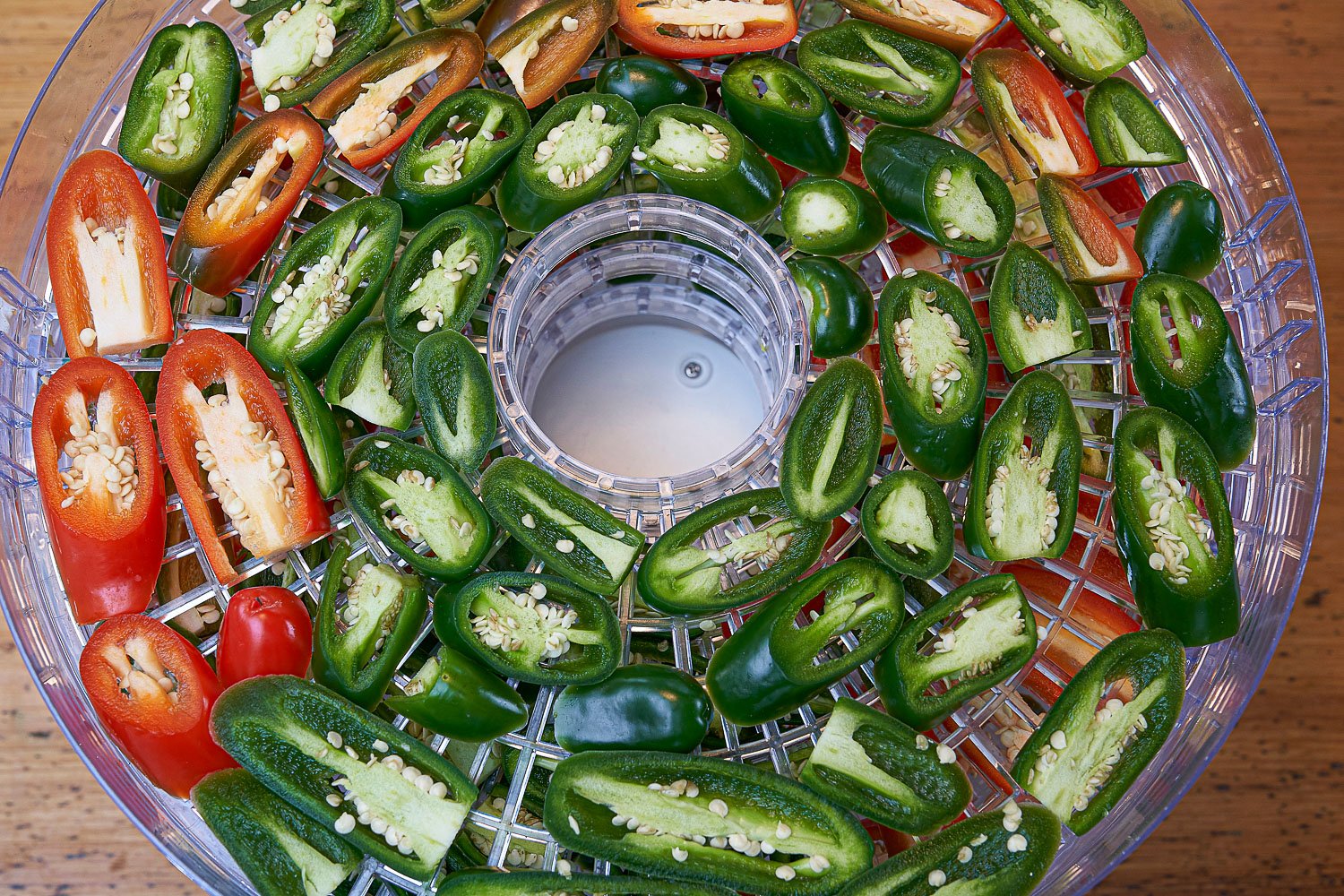
Sun-drying jalapeño peppers
Drying peppers without an oven isn’t impossible. You can dry your peppers in the sun with this simple method.
String the peppers together, leaving a few inches between each jalapeno pepper to allow airflow.
Hang the peppers in direct sunlight. You will need to ensure the area where you are drying the peppers stays dry and warm. Be patient; It can take up to 4 weeks for the jalapenos to completely dry with this method.
Store your peppers in a mason jar or other airtight container and place them in a cool dark place for up to a year.
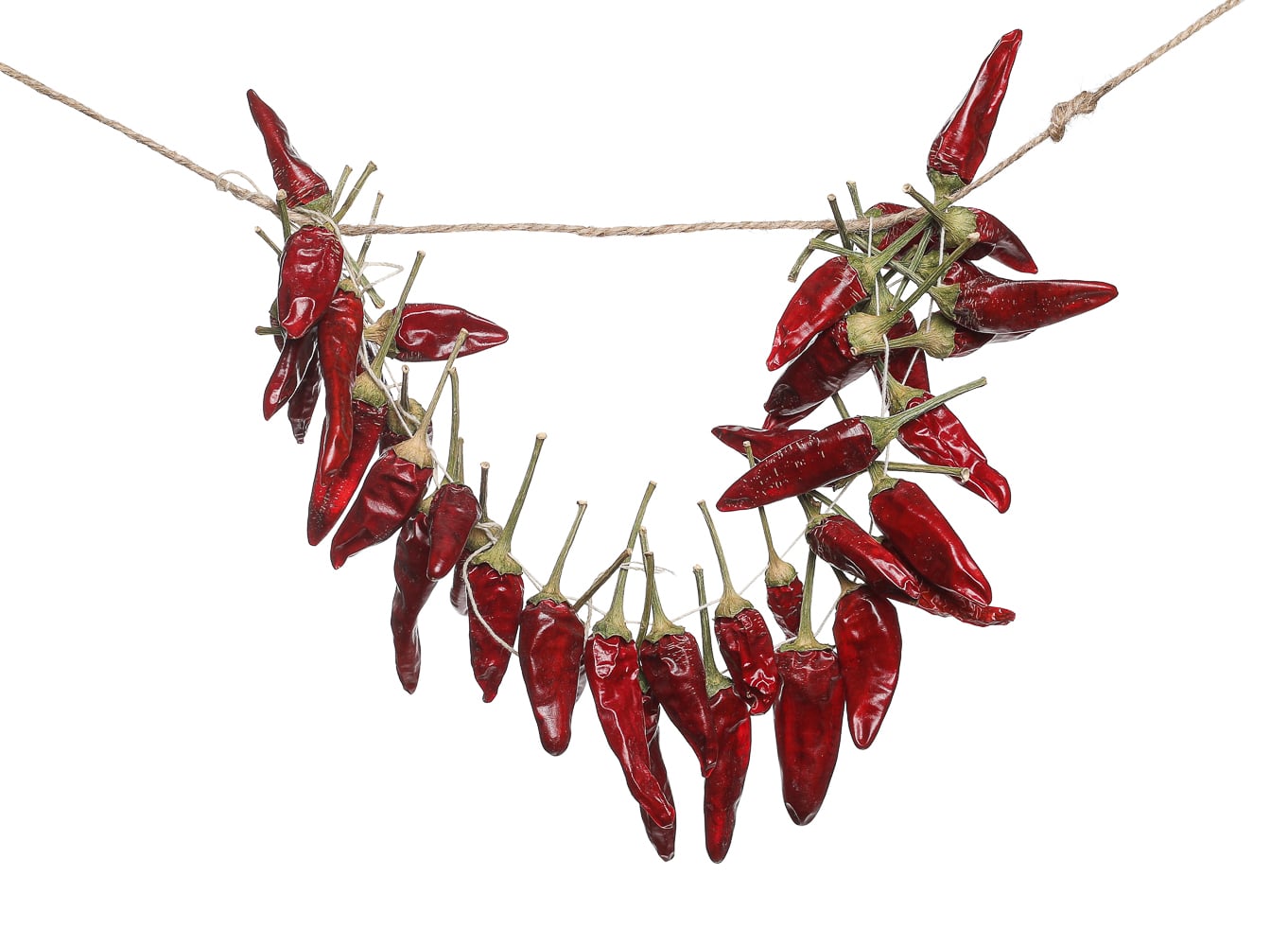
How to Air Dry Jalapeno Peppers
Air drying is very similar to sun drying jalapeno peppers. You can string your peppers up and place them in a warm location with good airflow.
You can also use wire racks with slices of peppers (not touching)placed on top. The racks will need to be open to the air to allow air circulation.
Air drying takes a bit longer than other methods; you may need to wait up to 4 weeks for your papers to be adequately dried for storage.
How to Smoke Jalapeno Peppers to make Dried Chipotle peppers
Dried jalapeno peppers that are smoked are referred to as chipotle. When slowly smoked, the peppers sweeten and add a massive punch of smokey, sweet, spicy flavor to any dish.
To smoke jalapenos:
Set the smoker to 200F and add wood to the tray.
Wash the peppers in fresh cool water and dry well.
Place the peppers on a smoker tray and smoke for 24-48 hours until the peppers are leathery and dry. Check on the peppers often as they start to shrink.
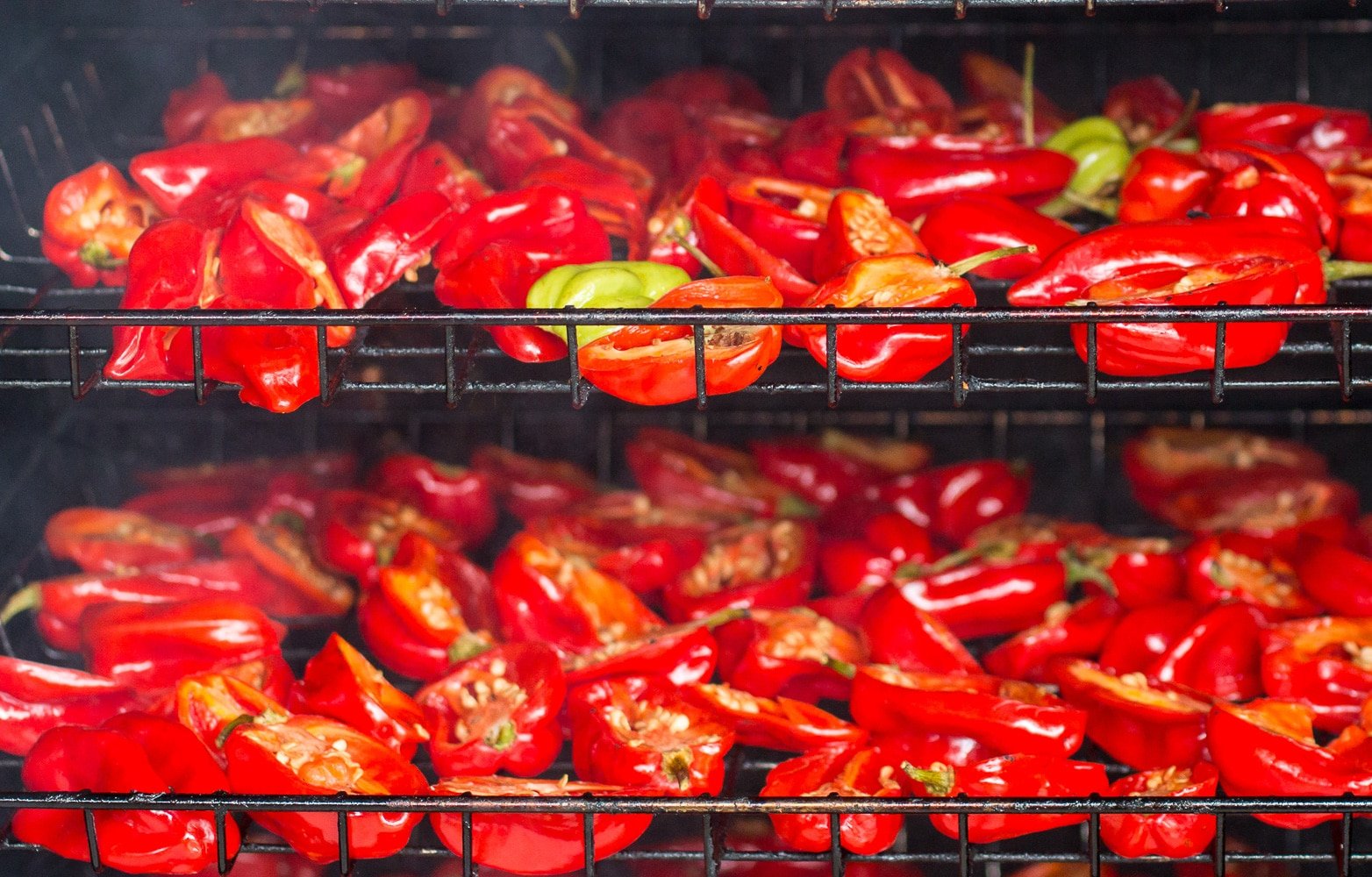
Dried Hot Peppers All Have Different Names
When dried and smoked, hot spicy peppers go through a name change. Here are some common hot pepper varieties and their dried smoked pepper names:
- Dried Jalapeno- Chipotle
- Dried Poblanos – Ancho
- Dried Anaheim Chile – California or Colorado
- Dried Mirasol – Guajillo
- Dried Serrano- Chile Seco, Alin, Chico and Tipico
- Dried Chiaca – Pasilla
- Dried Red Bell Peppers – Paprika
Learn More: If you are interested in how Scoville rankings are determined and want to see what the mildest peppers are in compression to the hottest, check out our post on Scoville rankings
Rehydrating Dehydrated Jalapenos
Rehydrating dehydrated jalapenos is incredibly easy!
Set peppers into a heat-safe bowl and pour over boiling water. Cover the bowl and allow it to rest for 15-35 minutes, depending on the thickness of your dried peppers. Whole peppers will take longer than tiny pieces.
Remove the peppers from the water and use them in your favorite recipes.
Store Your Dehydrated jalapenos For Up to Year.
If dried properly, your dehydrated jalapenos will last up to a year.
You can add a small desiccant pack to your stored peppers to ensure there is no moisture. Moisture will form mold and ruin your peppers before you can use them.
A desiccant pack isn’t necessary if you know your peppers are dry and storing them in a cool dry place.
Bonus: How to Make Jalapeno Powder!
If your goal is to make jalapeno powder, you will want to dehydrate jalapeno peppers until they are crisp and brittle.
Dried peppers need to be completely dry to make powder. They should snap if bent and should have no give or bendability.
You can grind your peppers with a food processor, coffee grinder, spice grinder, high-speed blender like a Vitamix, or an old-fashioned mortar and pestle.
Place the powder in an airtight container and store it in a cool dark place for up to a year.
Jalapeno powder is a great way to add a kick of spice to many recipes. We like to add it to popcorn, chilies, and eggs, to name a few!
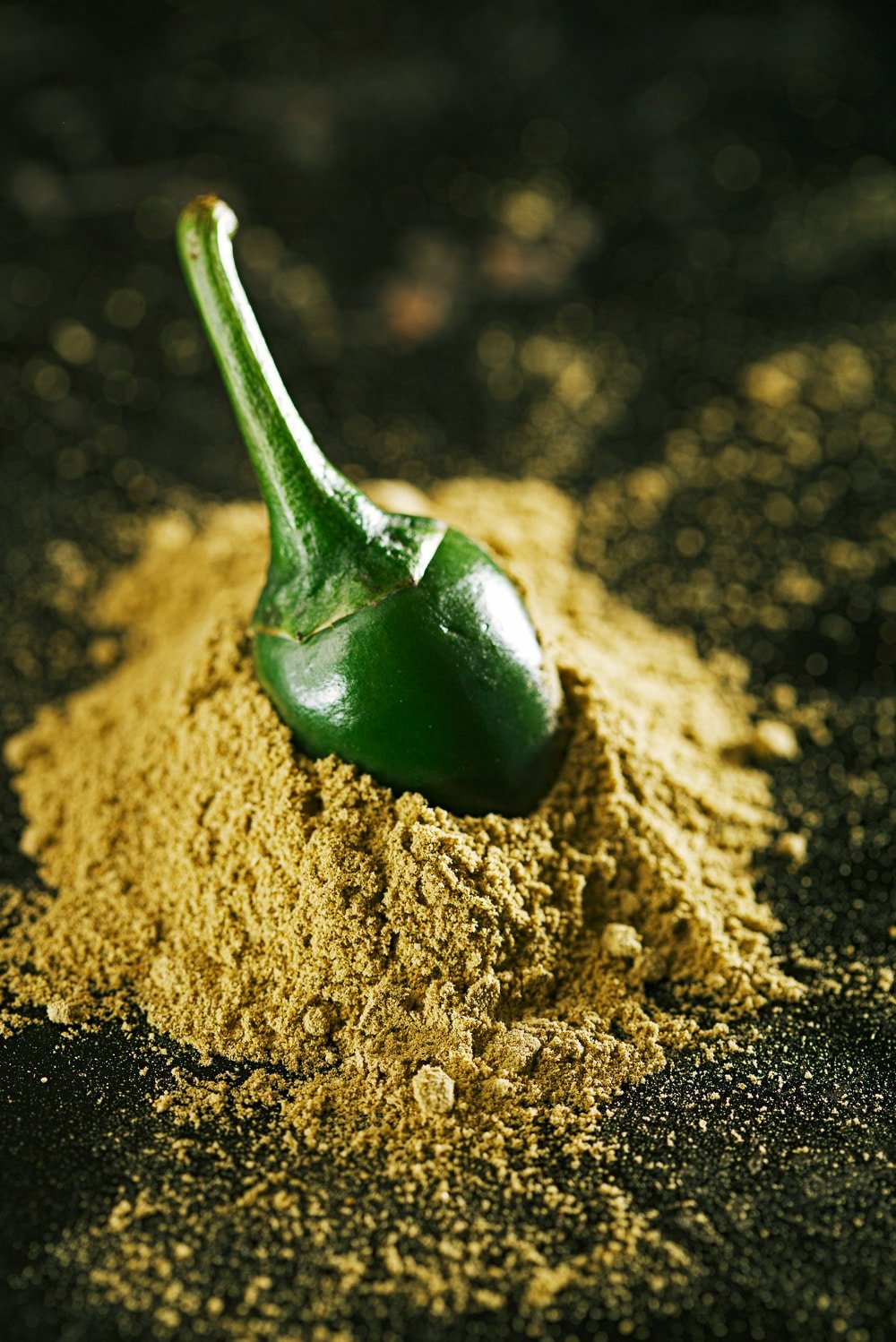
Dehydrated Jalapeno uses
Add a little spice and kick to your favorite recipes by adding some dehydrated jalapeno peppers.
Try throwing dried peppers in your bread, biscuit, and scone recipes. Or add a pop of flavor to eggs, pizzas, stews, soups, and casseroles. They are GREAT on nachos!
Do you garden? If so, here are our favorite jalapeno varieties for preserving
Although hot peppers are tropical plants, you can grow them almost anywhere. For example, I grew successful peppers in zone 3a Canada (zone 2A USA)! So long as you start them indoors early and get enough heat and sun during the summer, a few plants will provide you with an abundance of peppers.
Any jalapeno pepper plants will yield peppers suitable for drying, but our favorite is Jalafeugo. The plants seem to grow well anywhere, and the peppers are BIG, spicy, and very thick-walled, making them great for preserving.
Check out Pepper Joe’s For Seeds, Scoville scale ratings, and general Jalapeno information.
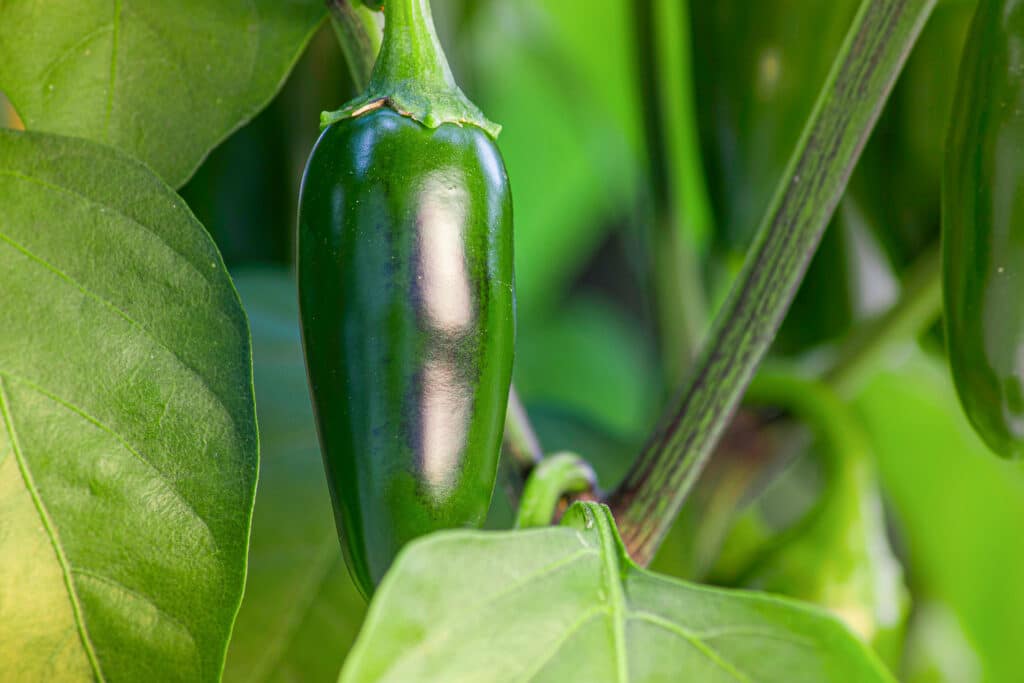
Some of the Best Jalapeno Peppers to Grow in your Backyard are :
- Jalafeugo – Big peppers, sweet and spicy
- Biker Billy – Also big peppers, slightly spicier than Jalafego
- Black Jalapeno – Beautiful black glossy peppers that are sweet and prolific
- Chichimeca – Medium hot, BIG pepper!
- Early Jalapeno – If you are in a short growing season, Early Jalapeno will produce up to 2 weeks earlier than most peppers.
Dehydrate Jalapeno Peppers Right at Home
If you have a bounty of jalapeno peppers this year, give dehydrating a try. Dehydrating is a great way to store excess pepper harvests for the following year, and it doesn’t cost a lot to do, especially if you go for the air-dry or sun-dry methods.
With food, prices are skyrocketing, and the cost of peppers is increasing. Finding ways to store and save food when the prices are low or the product is available in your backyard garden will go a long way to saving money!
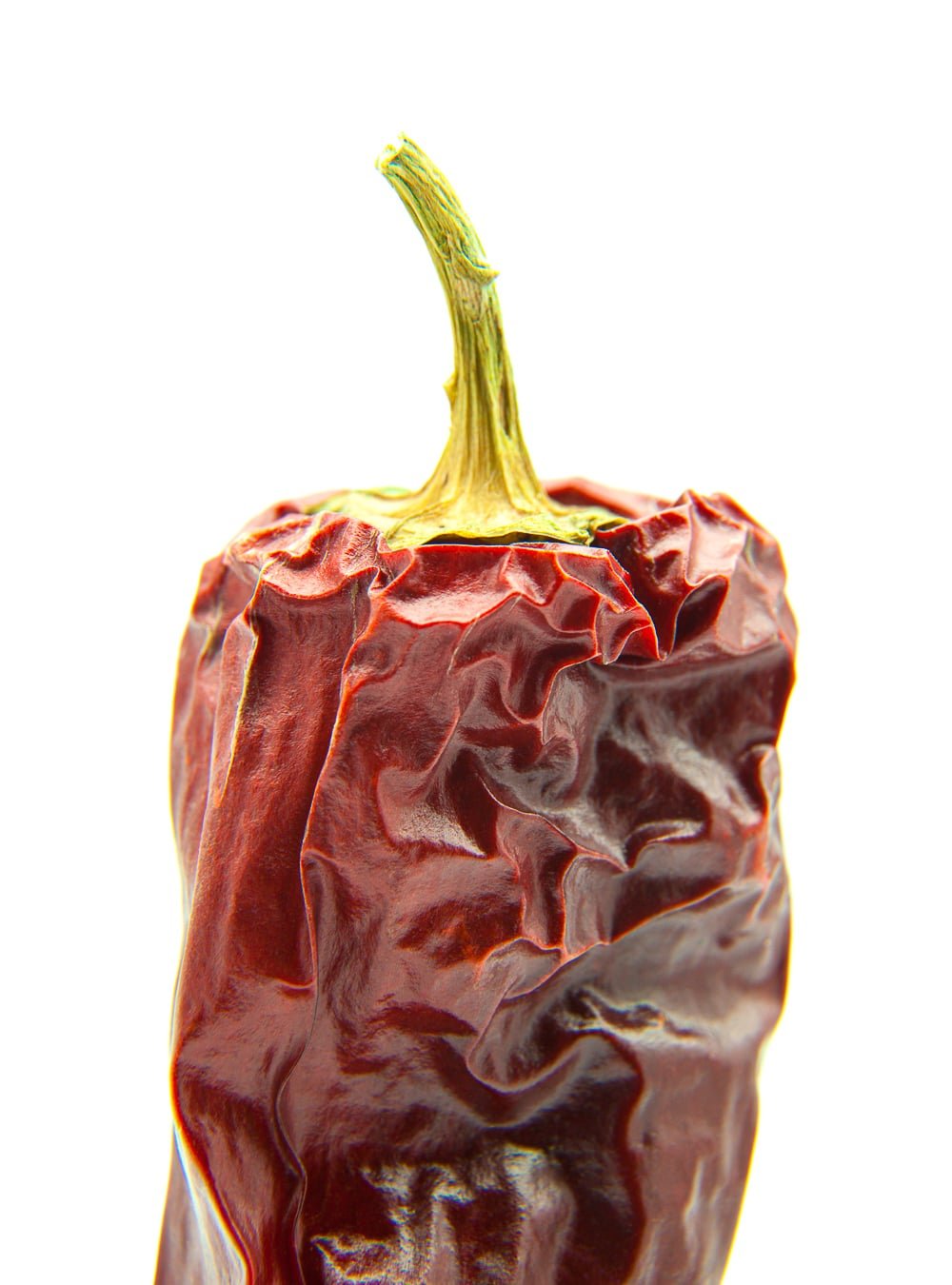
Looking for More Preserving Information?
We garden (quite a bit) and try to grow most of our fruits and vegetables. Therefore, we need to use traditional storage methods like hot water bath canning, pressure canning, freezing, and dehydrating to put up all that we grow.
Here are a few of our absolute favorite canning recipes we want to share with you:
- How to Pickle Jalapeno Peppers
- How to make Candied Jalapeno peppers (SO GOOD!)
- Jalapeno Pepper Jelly Recipe
- Sweet Pickled Beets That Even a Beet Hater will Like
- Ginger Peach Jam – Sticky, Sweet, and Delicious
- Crispy Dill Pickles Every Time
- How to Freeze Green Beans To Preserve Texture and Flavor!
- Easy Quick Pickled Red Onions Recipe
- Canning Tomatoes Whole – The Quick and Easy Cold Pack Method

Dehydrated and freeze-dried jalapenos aren’t quite the same. Freeze drying removes far more moisture than regular dehydrating, so the peppers last much longer in storage. Freeze dryers for home use are available but not quite common.

